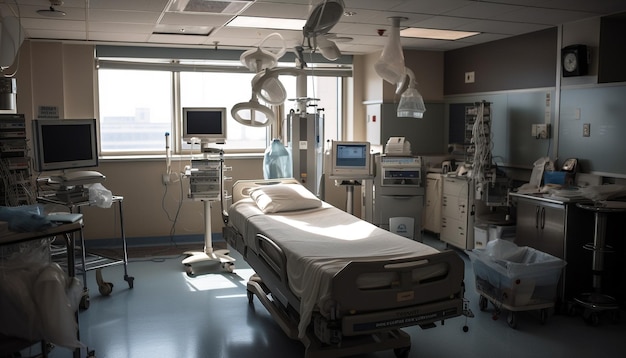Client Success Story
Innovating Connectivity for Enhanced Clinical Decisions

INDUSTRY
Medical Equipment Manufacturer
Zealogics boasts a wealth of experience in addressing critical challenges within the medical equipment sector. One such case involved a medical equipment manufacturer seeking to enhance measurement accuracy and data transmission reliability in their patient monitoring system. Our embedded systems engineering team swiftly proposed an innovative solution utilizing advanced signal processing algorithms, robust wireless connectivity, and an optimized user interface. The implementation of this solution significantly improved accuracy, ensuring reliable data transmission and enhancing usability. Ultimately, this precision enhancement directly impacted patient safety and played a crucial role in elevating the quality of clinical decision-making. This case stands as a testament to Zealogics’ commitment to revolutionizing medical equipment and improving patient outcomes through enhanced clinical decisions
Client Challenge
A distinguished medical equipment manufacturer presented us with a critical challenge regarding their patient monitoring system. The company grappled with accuracy issues and unreliable data transmission, posing a significant risk to patient safety and impacting clinical decision-making. The client sought a robust solution to augment the accuracy, reliability, and connectivity of their medical equipment.
Ideal Solution Proposed
Our embedded systems engineering team conducted a thorough analysis of the existing flight control system, meticulously pinpointing the root causes of the recurring failures. Subsequently, we crafted a comprehensive solution, encompassing a redesign of the system architecture, implementation of redundant control units, and integration of advanced fault detection and isolation algorithms. To ensure the proposed solution’s robustness, we recommended rigorous system testing and simulation, prioritizing reliability, and safety throughout the process.
The successful implementation of our solution resulted in notable improvements to the flight control system’s reliability and safety. The redesigned architecture, along with the redundant control units, introduced redundancy and fault tolerance, significantly mitigating the risk of system failures. The integration of fault detection and isolation algorithms allowed for proactive issue identification and mitigation. Consequently, our client witnessed elevated system performance, heightened safety levels, and reduced maintenance costs, ultimately translating into enhanced operational efficiency and increased customer confidence.